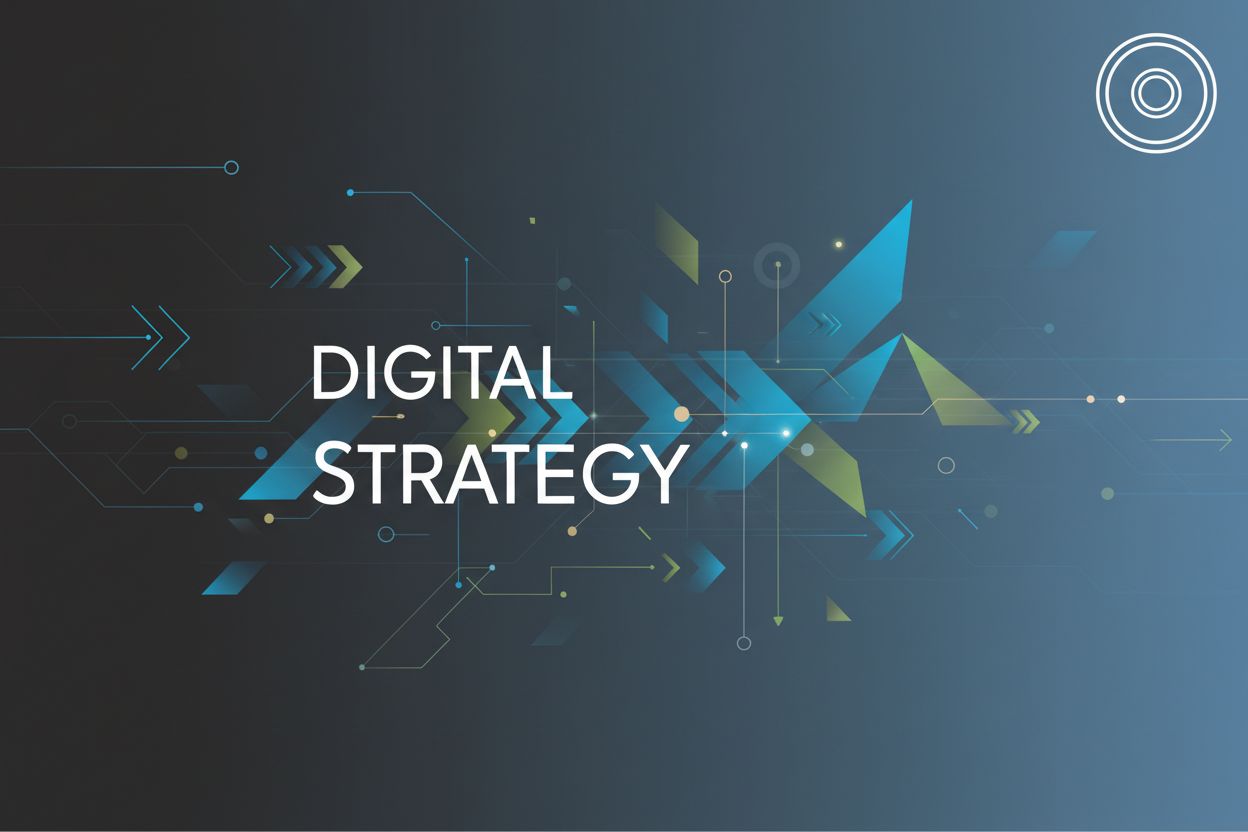Digital Transformation ROI Frameworks
TL;DR
Understanding ROI in Digital Transformation
Okay, so, digital transformation, right? It's like, the buzzword, but how do you actually know if it's working? Are you just throwing money into a black hole? Let's try to figure out how to measure if all this "digital stuff" is actually paying off.
Here's the deal, there's a few things to keep in mind:
Traditional ROI calculations? They often fail. Why? Because digital transformation isn't just about cutting costs or boosting sales immediately. It's about fundamentally changing how a business operates. Think of a healthcare provider implementing a telehealth platform. The initial investment is huge, but the real payoff is in improved patient outcomes and better access to care, which are harder to put a dollar figure on directly, you know?
The intangible benefits are real. Improved customer experience, stronger brand, and even happier employees matter. A retailers who invests on a mobile app and the customers loves it and keep using it over and over, that has value, even if it is hard to measure. its not always about the numbers, sometimes is about the feeling.
Short-term vs. long-term... it's a balancing act. Sure, everyone wants instant results. But digital transformation is a marathon, not a sprint. A bank might spend years modernizing its core systems before seeing a significant impact on their bottom line.
So, how do you measure success? With KPIs, of course! But not just any kpis. You need the right ones.
Define KPIs that align with your goals. What are you trying to achieve? More customers? Happier customers? More efficient processes? If you want more customers, then you should focus on customer acquisition cost (cac). If you want to see how happy the customers are, then you should focus on net promoter score (nps).
Examples of KPIs? Plenty. Think customer acquisition cost (cac), customer lifetime value (cltv), conversion rates, and net promoter score (nps). For example, a SaaS company might track monthly recurring revenue (mrr) and churn rate to gauge the health of its subscription business.
Set realistic targets. Don't expect to double your revenue overnight. Establish a baseline, set achievable goals, and track your progress.
Okay, here's where it gets tricky. It's not always easy to connect the dots between a specific digital initiative and the bottom line.
Everything is interconnected. Digital initiatives don't happen in a vacuum. It's hard to say definitively that this project led to that result.
Attribution modeling can help. This is about assigning value to different touchpoints in the customer journey.
External factors matter too. Market trends, the competition, and even just plain luck can influence your ROI.
So, basically, understanding roi in digital transformation is complex, but not impossible. It's about choosing the right metrics, setting realistic goals, and understanding that the journey is just as important as the destination. Now, let's see about some frameworks, shall we?
Popular ROI Frameworks for Digital Transformation
Alright, so you're trying to figure out which framework is right for your digital transformation? It's kinda like picking the right tool from a toolbox, each one has its own use, ya know?
The Balanced Scorecard isn't just about money, its more holistic. It's a strategic management performance metric, that kinda forces you to look at your business from different angles. It makes you consider things other than just the financial impacts.
- Overview: Imagine you're a ceo. The Balanced Scorecard helps you translate your grand vision into actionable goals across four key areas: financial performance, customer satisfaction, internal processes, and learning and growth.
- Applying the Four Perspectives:
- Financial: How does digital transformation impact the bottom line? Are we increasing revenue, reducing costs, or improving profitability?
- Customer: Is digital transformation improving customer satisfaction, loyalty, or market share? Think about a bank implementing a new mobile banking app; are customers actually using it and happy with it?
- Internal Processes: Is digital transformation making our operations more efficient, effective, or innovative?
- Learning & Growth: Are we investing in the skills and knowledge needed to succeed in the digital age?
- Linking Initiatives to Objectives: The trick is to connect specific digital transformation projects to these objectives. For example, if your goal is to improve customer satisfaction, you might invest in a chatbot to provide instant support.
Ever heard of Real Options Analysis? It's a way of thinking about investments when things are uncertain, which, lets face it, is pretty much always the case with digital transformation.
- Options, Not Obligations: Think of it like this: instead of committing to a massive, years-long project, you make smaller investments that give you the option to scale up, pivot, or even abandon the project if it's not working out.
- Evaluating Uncertain Projects: This is especially useful for evaluating digital transformation projects where the outcomes are hard to predict. For example, a retailer might invest in a pilot project to test a new ai-powered recommendation engine.
- Valuing Flexibility: The real value here is in the flexibility and adaptability that digital technologies provide. It's about being able to quickly respond to changing market conditions and customer needs.
The mckinsey 7-S Framework is another good one. It's all about making sure everything in your organization is working together.
- The Seven S's: This framework looks at seven key elements: strategy, structure, systems, shared values, skills, style, and staff.
- Assessing Alignment: The goal is to assess how well these elements are aligned and working together to support your digital transformation goals.
- Identifying Areas for Improvement: For example, if your strategy calls for becoming more agile, but your structure is still hierarchical and bureaucratic, you've got a problem. You might need to flatten your organization and empower employees to make decisions faster.
So, those are just a few of the popular roi frameworks out there. Remember, the best one for you will depend on your specific goals, your industry, and your organizational culture. Now, let's dive into some other considerations when choosing a framework.
Implementing and Tracking ROI
Okay, so you've picked a framework, now what? It's time to actually, you know, do the thing. Let's talk about implementing and tracking that roi.
First thing's first, you gotta know where you're starting from.
- Conducting a thorough assessment of the current state is key. What's working? What's not? What are your current metrics? Think of it like a doctor taking your vitals before prescribing medicine. A hospital, for example, might analyze its current patient wait times and satisfaction scores before implementing a new digital check-in system.
- Defining specific, measurable, achievable, relevant, and time-bound (SMART) goals is next. Don't just say "we want to be better." Say "We want to increase customer satisfaction by 15% in the next quarter."
- Involving stakeholders in the goal-setting process is crucial. Get everyone on board, from the ceo to the front-line employees. A retailer implementing a new inventory management system should get input from both the warehouse staff and the finance team.
You can't improve what you don't measure.
- Identifying relevant data sources and establishing data collection procedures is critical. Where are you going to get your data? How are you going to collect it? A marketing team, for example, might use Google Analytics to track website traffic and conversion rates.
- Using data analytics tools to track progress and identify trends is a must. Look for patterns and insights in your data.
- Ensuring data quality and accuracy is non-negotiable. Garbage in, garbage out, right?
Keep everyone in the loop.
- Creating clear and concise roi reports for different stakeholders is important. The ceo probably doesn't need to see the same report as the it manager.
- Communicating progress and challenges effectively is key. Be transparent about what's working and what's not.
- Using data visualization to present insights can make your reports more engaging.
So, yeah, implementing and tracking roi isn't always easy. But by establishing a baseline, collecting data, and communicating effectively, you can increase your chances of success. Now you can pat yourself on the back!






